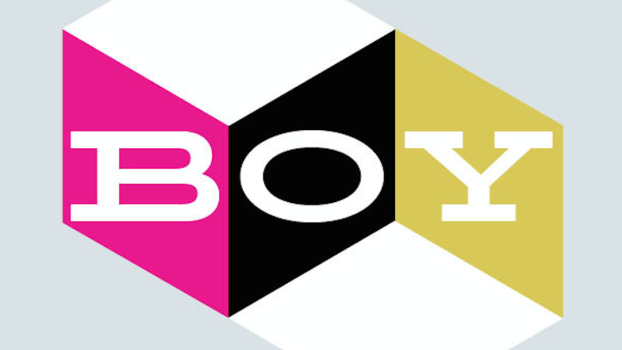
There’s no doubt that a COVID-19 pandemic followed by geopolitical strain followed by global economic instability has pushed most sectors to innovate. But that’s the reality we’ve all been working in, including CSOs.
Deloitte’s fourth annual Global Chief Strategy Officer Survey, sponsored by Monitor Deloitte, was released this month. And the data the leading global consulting, financial and risk advisory provider rounded up offers valuable key insights with regards to the evolving role of strategy executives, how organizations are adapting to changes in a dynamic market, the importance of collaborative work and the stark difference in approaches between top performing organizations and those below-industry-average.
For this edition of the CSO survey, Deloitte surveyed 117 respondents across 20 countries and different industries, along with interviews conducted with a varied set of CSOs.
Modernizing the CSO role
According to the survey findings, the role of CSOs is increasingly more formalized, with a specific lead and manpower. The data revealed that 74% of respondents noticed a shifting approach to more structured strategy functions, highlighting the importance of a strategy that drives growth and profitability. Additionally, 35% of organizations reported having more than 10 personnel. And more organizations are supporting the role’s need for agility to help navigate evolving business conditions.
This is something Gagan Chawla, principal at Deloitte Consulting and business strategy leader for Monitor Deloitte, knows well. “CSOs and their strategy teams are indispensable to the success of their organizations, bringing a cross-functional mindset and ability to drive growth that enables them to tackle today’s unpredictable environment and tomorrow’s challenges,” he explains.
Intersectionality
CSOs are no longer operating on a centralized model. To drive actionable growth, more are embracing the concept of intersectionality within and beyond their organization, with an ability to operate on multiple levels. This federated structure allows CSOs to work at the intersection of strategy and execution, facilitating business success and growth as well as talent advancement. In addition, CSOs are actively engaged in determining their organization’s role and deciding the responsibilities and participation of their organizations in business ecosystems. According to the report, top-performing organizations are more likely to embrace an ecosystem attitude, with 81% of CSOs actively participating in them.
Operational Differences
The survey highlighted a contrasting difference in approach between CSOs at top-quartile organizations and at below-industry-average organizations. CSOs at top organizations are focused on forward-thinking subjects, whereas CSOs in the bottom quartile are more focused on turning their businesses around. CSOs in the top quartile spend more time in their jobs as advisers and special project leaders, while those in the bottom quartile spend more time as engineers driving strategy application. Despite these differences, they both want to shift 12% of their expenditure away from core and towards growth areas in order to better prepare their organizations for the future. However, survey results also suggest that core investment has remained consistent at 66% year after year, due to the difficulty of finding a real balance between innovation and stability and managing the trade-off between long-term and short-term needs and goals.
“This year’s survey shows that [CSOs] are transforming and evolving the strategy function to best operate in today’s ever-changing climate, becoming more nimble, interconnected and innovative,” says Chawla.























